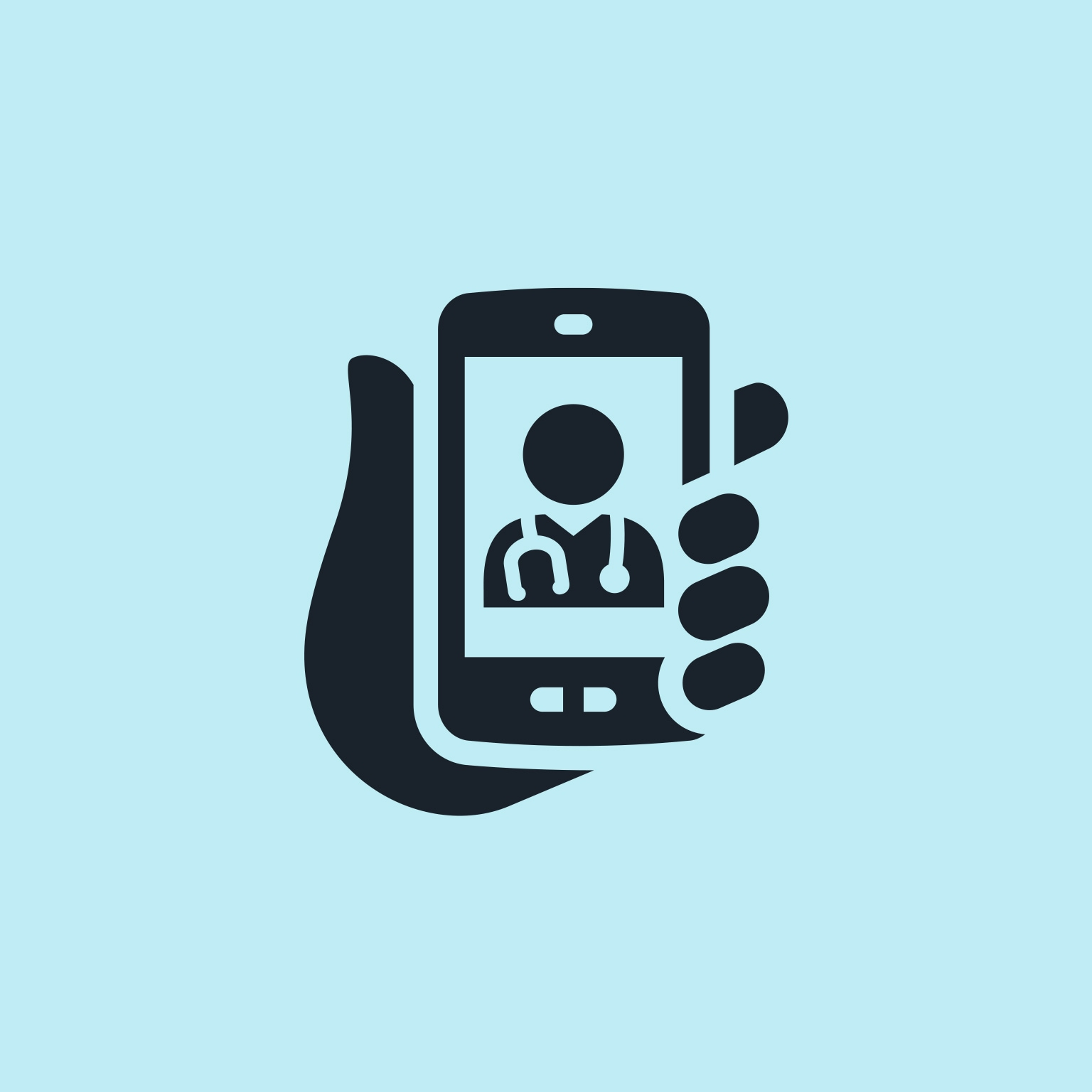
@ShahidNShah


In this episode of the McKinsey on Start-ups podcast, Daniel Eisenberg speaks with McKinsey partners Jennifer Rost and Tobias Silberzahn about the current state of digital health solutions and tools. In our last episode, we spoke to the co-founder and CEO of Sidekick Health, a start-up that is working to radically transform patient care and disease management with digital care and therapeutic tools. Today we take a broader, macro view at the state of digital health innovation, speaking with two McKinsey partners, Jenny Rost and Tobias Silberzahn. He focuses on healthcare innovation and serves digital health, medical device, and pharmaceutical companies, as well as ministries of health. Daniel Eisenberg: Let’s start with an overview of the digital health sector. We found that digital health across these 25 categories could save quite a lot of money for health systems, pretty much equivalent to 10 to 15 percent of current healthcare spending, depending on which country we look at. So if I take my home country, Germany, as an example, with total healthcare spending of $290 to $300 billion, we would be talking about $30 to $35 billion in annual savings that digital health could drive. I’m very excited that there are savings from digital health on the health systems side, but it also is really positive on the patient and the doctor side. During some of the pilot projects for COVID-19 patient remote monitoring in Germany, in the UK, several doctors said, “Can I use that for all my patients, for my chronic disease patients?” And a lot of the patients said, “It actually feels good that a doctor is sort of watching over me and looking at my values when I’m here at home, in quarantine or isolation.” Jenny Rost: COVID-19 really has been an unlock for virtual or digital health. And to Tobias’s point, we’re seeing a lot more opportunities to really integrate telehealth in those video visits with remote monitoring, with digital patient engagement, and digital therapeutics tools—to really provide a much more continuous patient experience and really innovate care models. Tobias, how much do we know yet about the ability of digital health to improve patient outcomes. When we look at patient experience in digital health, the app store economy is quite telling. Leading the health care innovation program within McKinsey Germany, where we focus on prevention topics such as sleep, nutrition, fitness, and stress management, I personally test a lot of digital health solutions.
Continue reading at mckinsey.com
Ms. Arbour is executive vice president and CIO of Tenet, overseeing leadership and strategic direction for the health system's IT systems. Ms. Arbour also serves on the Dallas CIO Governing Board and …
Posted Mar 8, 2022 FemTech Women in Technology
Connecting innovation decision makers to authoritative information, institutions, people and insights.
Medigy accurately delivers healthcare and technology information, news and insight from around the world.
Medigy surfaces the world's best crowdsourced health tech offerings with social interactions and peer reviews.
© 2025 Netspective Foundation, Inc. All Rights Reserved.
Built on Apr 17, 2025 at 6:07am